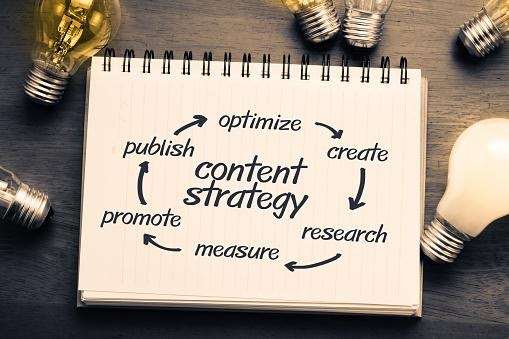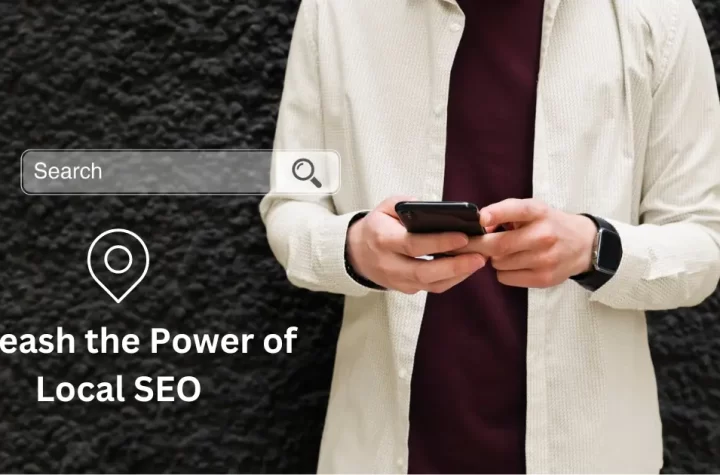
Content planning is about strategically creating content in order to meet the needs of your audience. Content strategy, however, is more about the process of organizing and structuring your content for maximum impact on your audience. Knowing these two strategies will help you create a cohesive plan that will generate positive results for both your business and customers. Content creation services are becoming more popular among marketers as it allows them to meet the demands of creating content for multiple marketing channels.
What Is Content Planning?
Content planning is a strategic process that helps you meet your audience’s needs in the most efficient and effective way possible. It provides a framework for how to write, produce, distribute, and measure content. Content plans usually cover one to three-year periods and provide specific goals and benchmarks for meeting those goals. The major focus of content planning is to answer the following questions:
Who is your audience? What does your audience need and want? How can you be sure that you’re providing what they need and want to the best of your ability?
Content creation services provide a framework for creating content consistently. However, careful planning and consideration should take place before any sort of content creation begins so that it can be distributed across multiple channels.
What Is Content Strategy?
Content strategy is the process of organizing and structuring content for maximum impact on your audience. This can include planning for different types of content, such as social media, blogs, videos, etc., arranging this content in a logical order so that it provides value to users, and figuring out how to drive traffic to your site. Content strategy is more about the “what” and the “how,” whereas content planning is more about the “who,” “why,” and “when.”
Remember that marketing campaigns have a beginning, a middle, and an end. Your audience should always be in mind throughout this process. Content planning and content strategy provide the tools for creating a well-rounded marketing campaign.
Content Planning Vs Content Strategy
Content planning focuses on creating a plan for how to create content, while content strategy focuses on the overall presentation and contextualization of it. While both strategies cover “who,” “what,” and “how” aspects of marketing, content planning also requires a solid understanding of your audience’s needs. Content strategy may not always have that requirement depending on the channel you’re using to distribute your content.
Content planning is a more short-term strategy while content strategy is a long-term strategy. Content planning focuses on the “when” and provides a framework for how to create and deliver your content, whereas content strategy focuses more on long-term goals and overall presentation of your content.
How Does Content Planning Impact Content Strategy?
Content strategy is important in content planning because it allows you to determine the best way to deliver your content based on the platform, audience, and context. For example, different types of content require different methods for delivery; an interactive infographic would be more appropriate than a blog post for some audiences, while a blog post may be better received by other audiences.
Content strategy also allows you to figure out what types of content are most effective for reaching your goals and how frequently you should create new content. For example, a business might decide that it wants to publish one blog post per week on their website, three videos every month on YouTube, and two images a day on Instagram. This would be considered their content strategy for the next three-month period.
Content planning includes content strategy because you can’t just jump into creating new pieces of content without first establishing what types of content will reach your audience best or how frequently you should create new content. You need to know your goals and how that relates back to your target audience before you can figure out the best strategy for reaching those goals.
How Does Content Strategy Impact Content Planning?
Content strategy is important in content planning because it allows you to determine the best way to deliver your content based on the platform, audience, and context. For example, different types of content require different methods for delivery; an interactive infographic would be more appropriate than a blog post for some audiences, while a blog post may be better received by other audiences.
Content strategy also allows you to figure out what types of content are most effective for reaching your goals and how frequently you should create new content. For example, a business might decide that it wants to publish one blog post per week on their website, three videos every month on YouTube, and two images a day on Instagram. This would be considered their content strategy for the next three-month period.
Content planning includes content strategy because you can’t just jump into creating new pieces of content without first establishing what types of content will reach your audience best or how frequently you should create new content. You need to know your goals and how that relates back to your target audience before you can figure out the best strategy for reaching those goals.
How Does SEO Impact Content Planning?
Content planning includes search engine optimization because you want all of your content pieces to work together as a cohesive whole, and that means making sure they’re optimized for various keywords and phrases.
Another way that content planning includes SEO is in the research phase of your plan. This requires a solid understanding of your audience’s needs, which you can determine by looking at what they search for on Google or YouTube. For example, if one of your goals is to increase conversions from website visitors, knowing how often people search for “free shipping” can help you determine if offering free shipping is a topic your audience wants to hear about.
Content planning also includes SEO because you want to create content that reaches your target audience no matter which platform they’re on. This means including keywords and phrases related to your goals in your titles, headlines, subtitles, images (alt tags), blog posts (headings and subheadings), infographics (titles and text links), videos (titles, descriptions, and in-video text), and even your call to action when you publish.
How Can You Plan Your Content?
Writing down your content strategy is an important first step to planning your content, but you’ll need more than just that. Here are some other things to consider as well:
- What topics will you cover?
- Who is your target audience?
- What types of content will best engage your audience based on the platform?
- What is your content’s purpose? What goal does it support?
- How frequently will you publish new content?
- What is your publication schedule for each platform, including dates and deadlines if applicable?
The answers to these questions should help get you on track with a content plan that can get you closer to reaching your goals. In order to do that, however, you need to know what those goals actually are.
Goal-Focused Content Planning
As we mentioned earlier, content planning is all about asking yourself the right questions so that your content strategy will help you reach the right goals. This means picking goal(s) first and then creating a content plan based on what that goal requires. For example, let’s say you want to increase your email list from 1,000 subscribers to 2,500 in the next three months. Here are a couple of questions you might ask yourself:
- What is my goal? To increase my email list by 1,500 subscribers.
- How will I measure success? Email list size on March 3 (the last day of the three months).
- Who is my target audience? People who actively search for information related to “losing weight” and “nutrition.”
- What types of content engage my audience? Blog posts on nutrition, infographics on healthy recipes, videos demonstrating exercise routines.
- What is the purpose of each type of content? Blog posts to build trust, infographics to summarize key points, videos to give step-by-step instructions.
- What is the publication schedule? Blog posts once per week, infographics every other week, videos every month.




More Stories
Local SEO Optimization: Attract More Customers in Your Area
Seamless Transactions: Digital Commerce Solutions Revolutionizing Online Shopping
Make Your Resume More Impactful In Five Steps